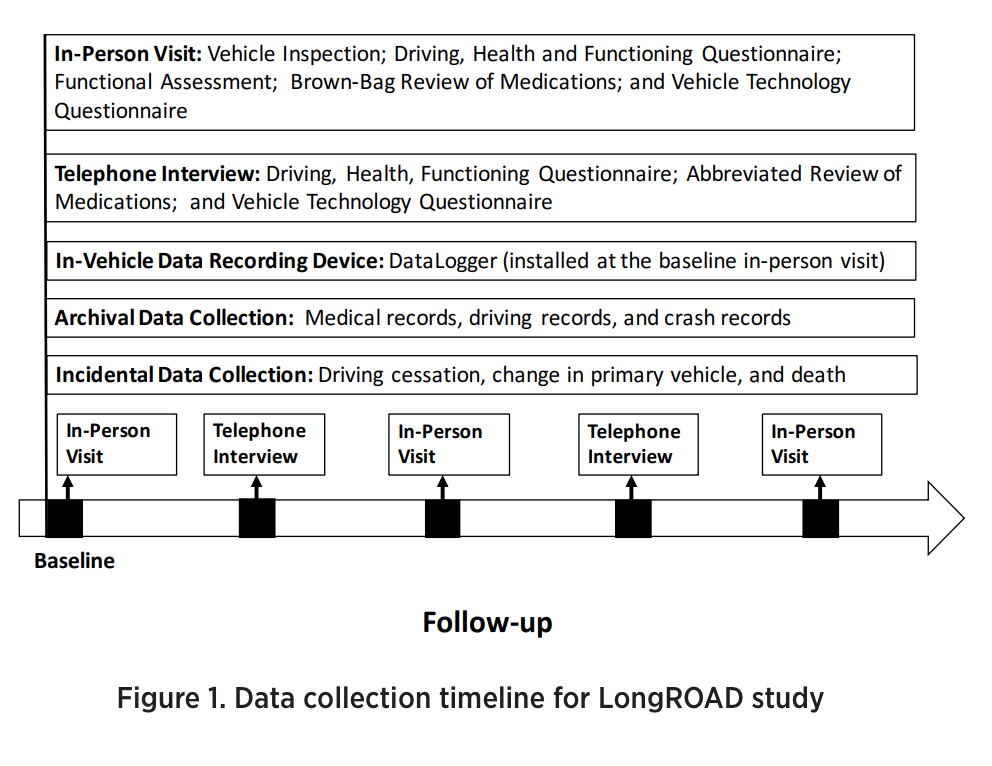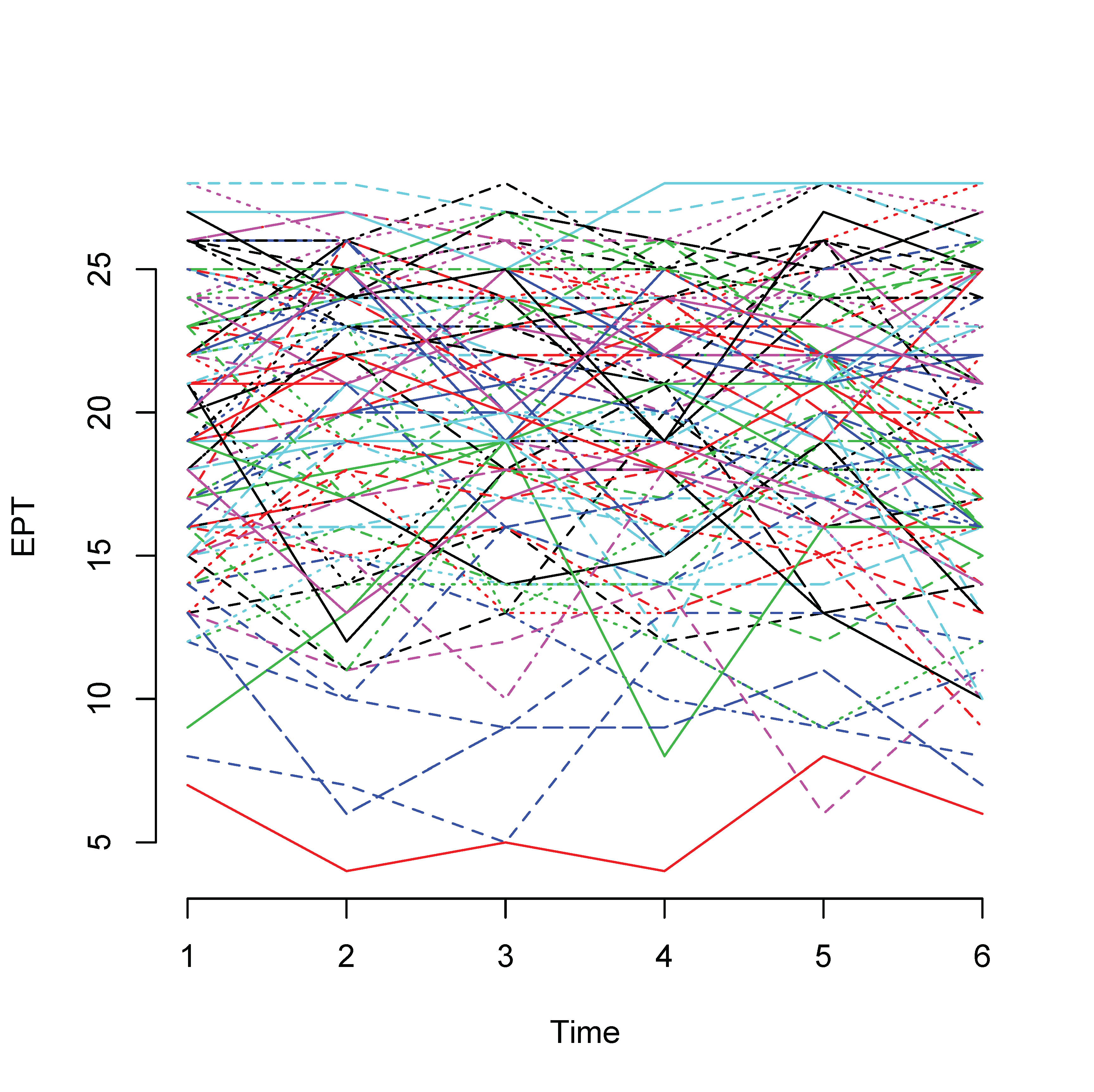


Longitudinal studies allow social scientists to distinguish short from long-term phenomena, such as poverty. In advertising, the design is used to identify the changes that advertising has produced in the attitudes and behaviors of those within the target audience who have seen the advertising campaign. In medicine, the design is used to uncover predictors of certain diseases. Longitudinal studies thus make observing changes more accurate and are applied in various other fields.

The reason for this is that unlike cross-sectional studies, in which different individuals with the same characteristics are compared, longitudinal studies track the same people and so the differences observed in those people are less likely to be the result of cultural differences across generations. Longitudinal studies are often used in psychology, to study developmental trends across the life span, and in sociology, to study life events throughout lifetimes or generations. It is often a type of observational study, although they can also be structured as longitudinal randomized experiments. A longitudinal study is a quasi-experimental research design that involves repeated observations of the same variables (e.g., people) over long periods of time, often many decades (i.e., uses longitudinal data).


 0 kommentar(er)
0 kommentar(er)
